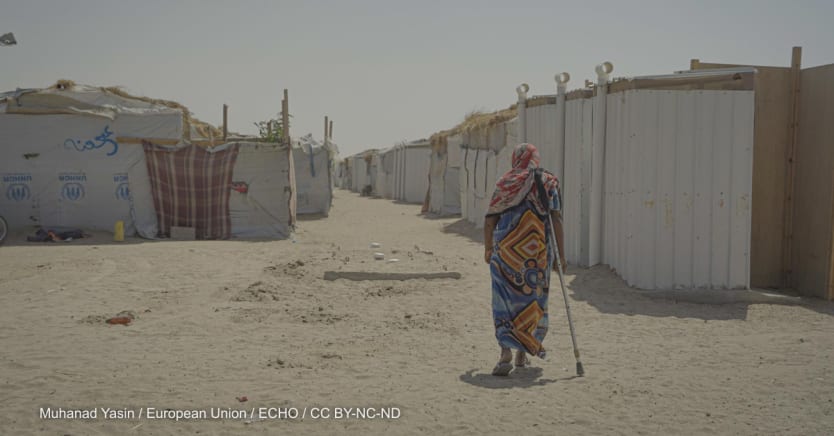
Even more people were in need of humanitarian assistance last year than the United Nations has estimated, according to an independent report published Tuesday.
But despite a massive rise in need amid the COVID-19 pandemic, funding has barely budged, the report said.
The Global Humanitarian Assistance Report — released by Development Initiatives, an organization focusing on data and development — said that 306 million people needed assistance last year. That’s 90 million more than before the pandemic struck, or a 42% jump.
The new figures cover the period preceding the start of the war in Ukraine, and the situation is likely to have worsened since.
The U.N. Office for the Coordination of Humanitarian Affairs produced a lower estimate of 235 million people in need shortly before the start of 2021.
Accounting for the difference, Development Initiatives cited its focus on monthly figures rather than end-of-year numbers and said OCHA only counts the people in countries where it has launched appeals.
The new report said that funding for humanitarian assistance grew by 10% per year between 2012 and 2018, but since then it has plateaued. It rose only 2.5%, to $31.3 billion, in 2021.
Almost a third of funding came from a single source: the United States, which contributed $9.8 billion.
The largest cut to humanitarian funding came from the U.K. government, which reduced aid from $2.6 billion in 2020 to $1.6 billion in 2021. However, the country remains the world’s third-largest donor.
The report also identified 36 countries as being in a “protracted crisis” — defined as having at least five years of consecutive humanitarian appeals. It showed that 74% of people in need lived in those countries. Half of all people in need lived in just nine countries: Yemen, Ethiopia, the Democratic Republic of Congo, Afghanistan, Nigeria, Venezuela, Sudan, Syria, and Pakistan.
The report found that three factors led to the most need: socioeconomic fragility, climate change, and conflict. It also identified a growing number of displaced people — up to 86.3 million in 2021. That number is growing closer to 100 million in 2022 due to the war in Ukraine, according to estimates in the document.
The report also looked extensively at how funding was delivered and found that no progress was made in providing more money through local and national groups. Instead, their funding halved between 2017 and 2021, from $603 million to $302 million — representing just 1.2% of all humanitarian assistance last year.
Unrestricted funding to nine U.N. agencies fell to just 13% of the total funding received — the lowest level in six years — despite development organizations identifying unearmarked funding as far more effective for good performance.








